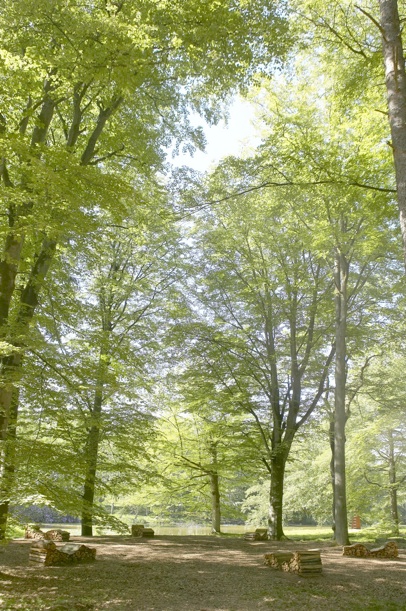content: Solarium provides a respite from the art park cantor. It is a place for visitors to recline, look up and recognize the simple nature - the canopy that is the forest - the reverent sun. Beginning with a history of labor on this Wanås property, Solarium starts with the forestry reference in the chaise construction being that of a simple log pile and from there creates a therapeutic treatment-like space. The clean quality of the air and the bucolic landscape in the Wanås area have made it an ideal location for sanatoriums such as the one in nearby Orup. As sanatoriums may seem a thing of the past, the developing spa culture has reintroduced it. Of course this earlier version of the destination spa required that a ‘patient’ be ‘diagnosed’ and that they be checked-in to the treatment center with a doctors supervision. The destination spa of today gives anyone an opportunity to sit down and relax - while still referring to things as ‘treatments’, but performed on ‘guests’ (not patients) by ‘aesthetiticians’ (not doctors). I am very interested in today’s individualistic society where every seeming difficulty may be diagnosed as a syndrome and a treatment is then recommended.
